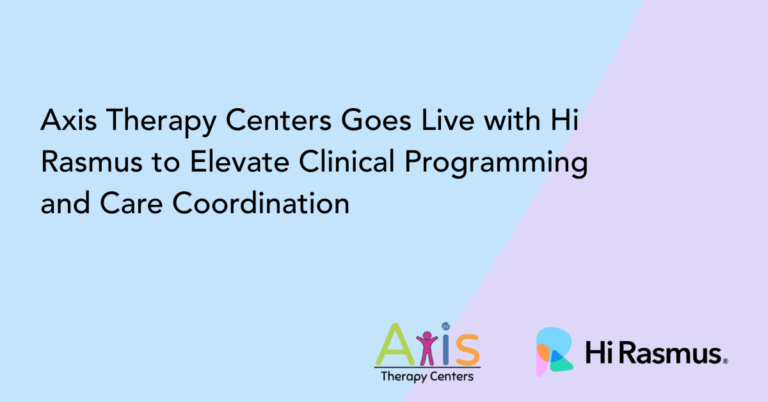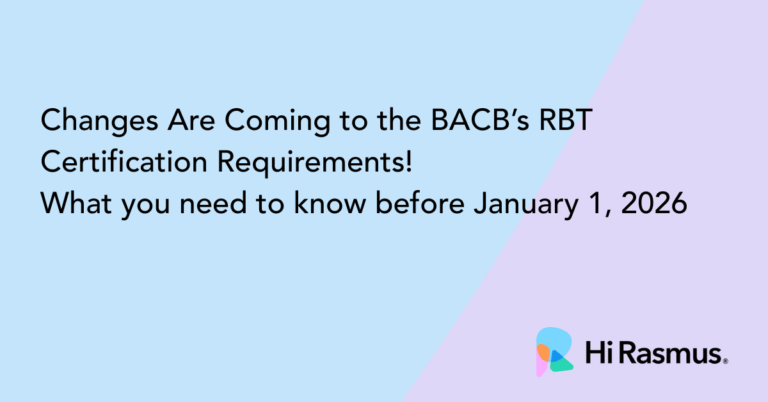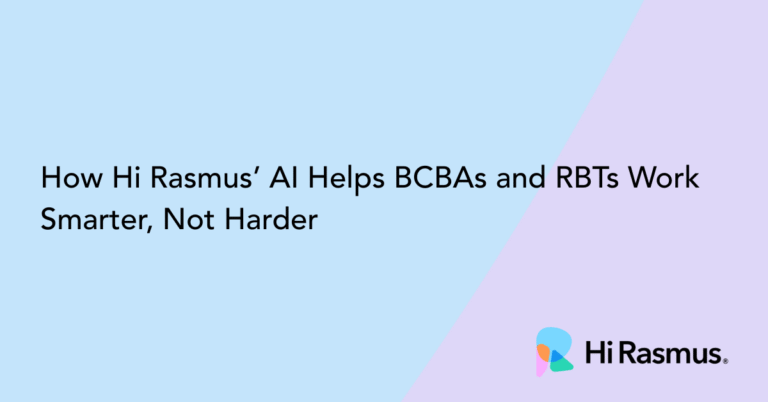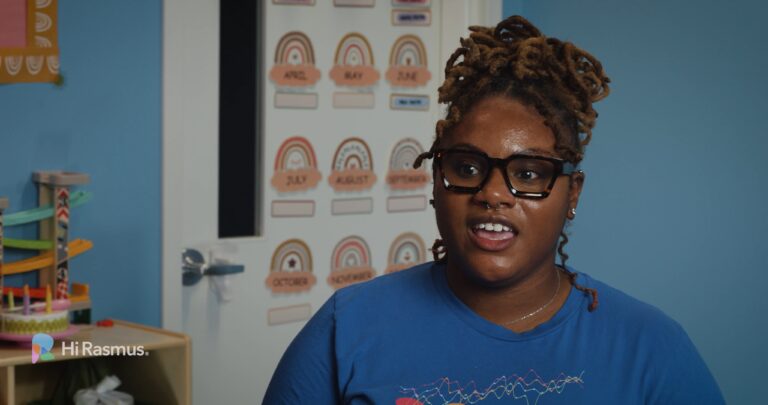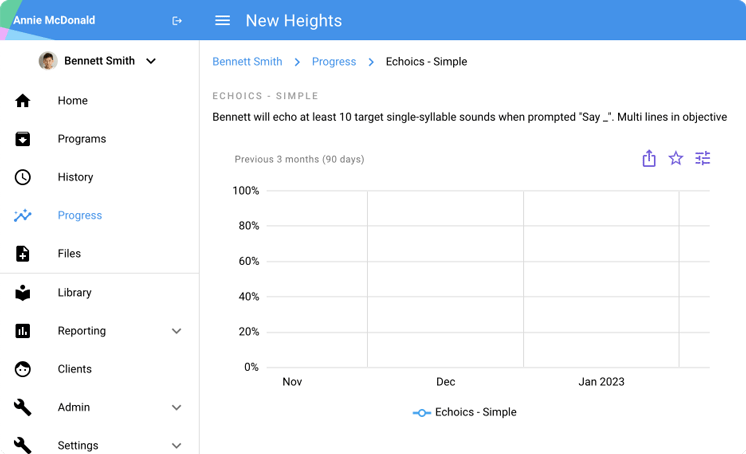At Hi Rasmus, we believe in giving clinicians the tools to teach with clarity, purpose, and impact. That’s why we hosted a recent CEU webinar exploring Sufficient Exemplar Training (SET) a strategy that supports more efficient skill acquisition and helps learners build the kind of generative language and behavior that lasts far beyond the therapy session.
Joined by Dr. Michael Aragon and Dr. Gregory Elsky of Behavioral Learning Network, we walked through the research behind SET, what it looks like in practice, and how Hi Rasmus makes this evidence-based approach easier to implement across care teams.
What Is Sufficient Exemplar Training?
SET is a teaching strategy that promotes generalization and generative responding, that is, the ability to respond accurately to novel tasks without needing direct teaching. Instead of teaching multiple examples before probing for generalization (as in multiple exemplar training), SET allows you to:
- Teach one target at a time
- Probe for generalization immediately after mastery
- Move forward only if generative responding hasn’t yet occurred
This approach reduces unnecessary instruction and ensures we’re teaching skills, not just targets.
Why Generative Responding Matters
Generative learning enables learners to apply their knowledge in real-world contexts, both in school, at home, and in the community. Once a learner understands the rule behind a behavior (such as adding “-ed” to form a verb in the past tense), they can apply that rule to new situations without needing to be taught every example.
It’s how we move from rote responses to flexible, meaningful learning, and it’s especially powerful for skills like imitation, matching, and early language development.
Research in Action: A Study on SET and Past Tense Verbs
Dr. Elsky shared findings from a study that used SET to teach regular past-tense verbs. The results were promising:
- Some learners demonstrated generative responding after just a few targets
- One learner acquired 12 verbs in 39 trials, far fewer than traditional methods require
- The majority maintained the skill over time, though maintenance programming may still be needed
For skills that are truly generative, SET enables us to stop teaching once the learner demonstrates understanding, which opens the door to faster, more natural learning.
Hi Rasmus Makes SET Simple
We’ve built Sufficient Exemplar Training directly into the Hi Rasmus platform, so clinical teams can implement this strategy with ease and consistency. The system:
- Guides your team through each SET phase automatically
- Tracks mastery, random rotations, and probes without guesswork
- Visualizes progress in real time with intuitive data displays
Just select the SET option when building a program, enter your target list, and let the system manage the rest, freeing your team to focus on delivering high-quality instruction.
Key Takeaways for ABA Teams
- SET helps learners generalize faster and with fewer exemplars
- It’s best suited for generative skills like imitation, matching, and grammar rules
- First-trial success = mastery for generative skills; fast learning = mastery for cumulative skills
- Hi Rasmus automates SET criteria, making it easier to implement with integrity
Built for the People Who Care
SET is one more way Hi Rasmus helps your team deliver person-centered care grounded in evidence and driven by outcomes. Every feature in our platform is designed to reduce complexity, support clinical decisions, and keep the focus where it belongs, on the child in front of you.


